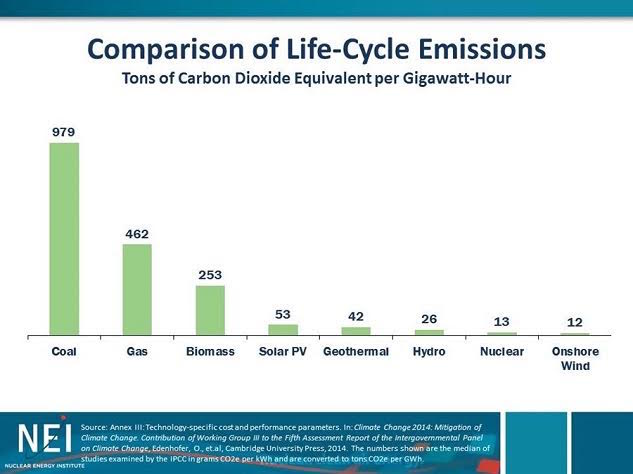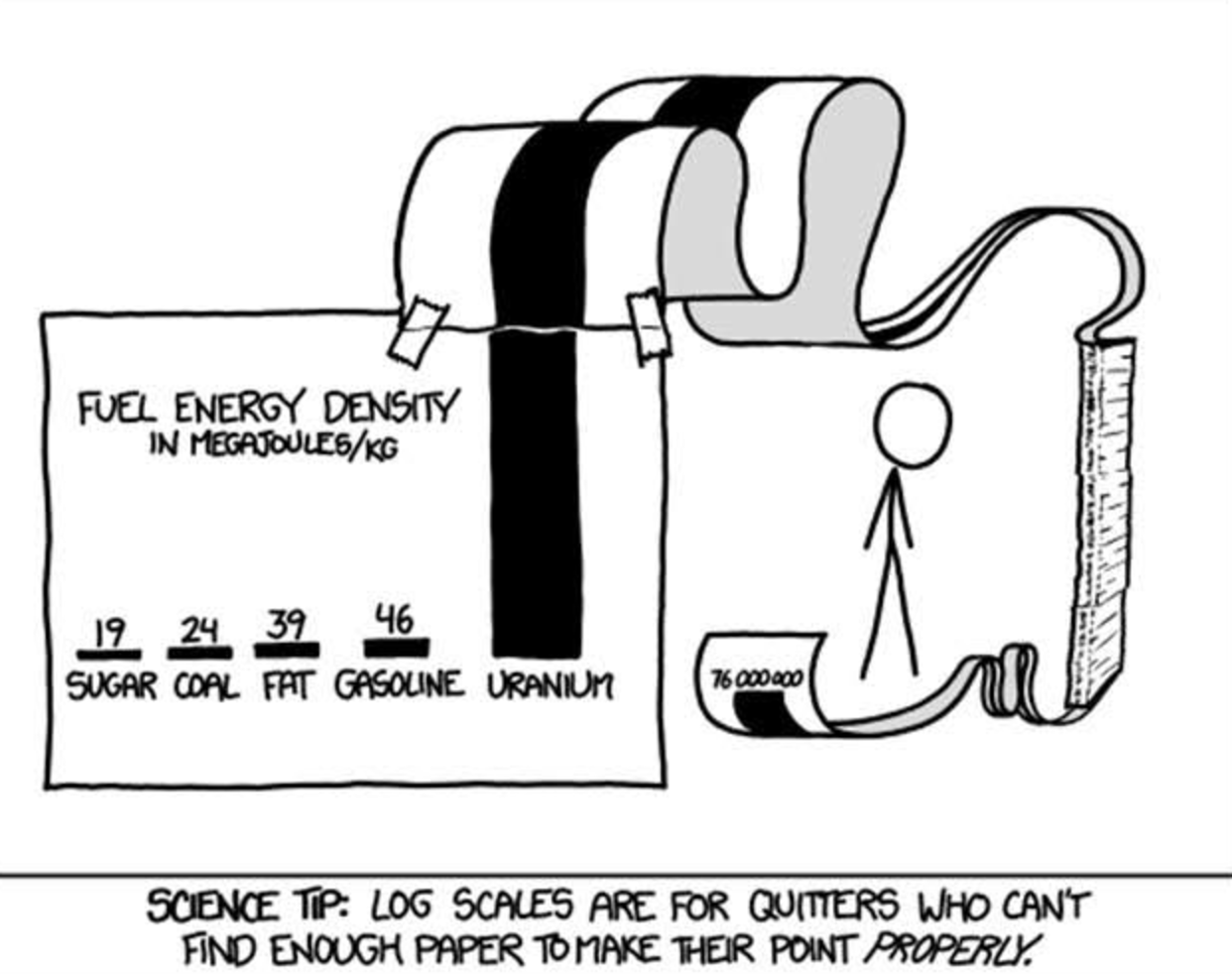
When we think of nuclear power, some of the first words that usually come to mind are “meltdown,” “radiation,” and “disaster.” Whether or not this sentiment is fair, it is a driving force behind public perception of nuclear energy.
But what does the science tell us? Is risk the main factor behind the tepid interest in nuclear power?
The short answer is no.
In comparison to the more popular forms of energy generation in the U.S., such as coal and natural gas, nuclear power is actually much safer and significantly more environmentally friendly. Despite these advantages, there are substantial economic concerns associated with nuclear technology that have stifled investments into this potentially viable source of energy.
Advantages of Nuclear Energy:
While long-term storage of nuclear waste is an issue, the amount of waste produced from a nuclear power plant is considerably lower and better contained than waste generated from fossil fuels.
– Nuclear power plants only produce about 0.01 percent of the solid waste of coal power plants. The ENTIRE amount of waste generated from nuclear power plants over the last 40 years would fill a football field approximately 8 yards deep. For comparison, the amount of solid waste generated in one year alone from coal power plants in the U.S. would fill a football field to about 37,000 feet high.* That’s roughly the cruising altitude of a commercial airliner.
– All nuclear waste is contained on site. On the other hand, waste generated from coal power plants is emitted directly into the air or stored in holding ponds/landfills.
– Solid waste from coal power plants is up to 5 times more radioactive than ground soil.
– Nuclear energy generation does not produce CO2. Conversely, fossil fuel combustion is the largest source of man-made CO2, a key contributor to climate change.
– In addition to CO2, the waste from coal power plants also includes precursors to acid rain (SO2 and NOx), particulate matter and heavy metals (such as mercury, lead and arsenic).
– Nuclear power is extremely reliable and about 8,000 times more energy efficient than burning fossil fuels.
*These calculations are based on data from the EPA and NEI.
 Image via Nuclear Energy Institute, Inc.
Image via Nuclear Energy Institute, Inc.
Nuclear meltdowns, while dangerous, should not be confused with nuclear bomb explosions. Nuclear meltdowns are substantially less devastating and often preventable. For instance, the substandard technology that led to the infamous Chernobyl disaster would not have been approved for use in the U.S. In addition, the Fukushima disaster in 2011 was very much preventable, thanks to critical design flaws and poor engineering.
Thus, when considering the future of nuclear power, it is important focus on current and future technology rather than fixate on disasters related to outdated power stations. With that in mind, nuclear power seems to be relatively safe, if appropriate designs and practices are utilized.
– Currently, there has not been a single recorded death from radiation poisoning associated with a nuclear plant disaster in the Western world.
– You are 1 MILLION times more likely to die from an incident related to the fossil fuel industry than nuclear power.
– Residual radiation from the Fukushima disaster has not been measured at dangerous levels in either inhabitable Japan or the U.S.
– New technology holds potential for much safer and more efficient power plants that greatly reduce risks associated with nuclear power.
– Newly designed nuclear power stations have an estimated 1 in 10 million chance of a meltdown.
Disadvantages of Nuclear Energy:
The largest hindrances to nuclear energy are the substantial construction costs associated with nuclear power stations and public distrust.
– New nuclear power stations will likely run around $9 billion per unit.
– Construction can take decades to complete and projects are often over budget.
– While energy production is very cost competitive with other forms of power (including renewables), it is difficult to compete with readily available coal and natural gas.
– Similarly to large dams, proper disaster insurance is not feasible for nuclear power plants, owing to the massive costs associated with worst case scenario disasters. For example, Fukushima is looking at over $100 billion remediation over 30-40 years.
– Nuclear power is currently not renewable. Deposits of uranium, the “fuel” of nuclear energy, are finite and will eventually be consumed.
– Nuclear power generation is not completely carbon neutral. Mining, manufacturing and transportation of uranium contribute to its carbon footprint and net overall pollution.
Overall:
Despite nuclear power currently accounting for 20 percent our energy needs, the U.S. is continuing to divest in the powerful and relatively clean energy source. While sizable investments are required for nuclear reactor construction, the technology represents notable savings in health and environmental costs compared to fossil fuels. Many nuclear power plants will reach the end of their operating lifetimes in the next few decades, thus, if we continue to move away from nuclear energy, we must aggressively invest in suitable alternatives, such as renewable energy, or run the risk of future social and economic “meltdown.”
Joel Rindelaub is an active scientific researcher and Ph.D. chemist based in Minnesota.
